
-
Find the right food for your petTake this quiz to see which food may be the best for your furry friend.Find the right food for your petTake this quiz to see which food may be the best for your furry friend.Featured products
 Adult Small & Mini Lamb Meal & Brown Rice Recipe Dog Food
Adult Small & Mini Lamb Meal & Brown Rice Recipe Dog FoodFor the faster metabolism of Small & Mini dogs
Shop Now Adult 7+ Small & Mini Chicken & Brown Rice Recipe Dog Food
Adult 7+ Small & Mini Chicken & Brown Rice Recipe Dog FoodFor the unique nutritional needs of mature Small & Mini dogs
Shop Now Hill's Science Diet Adult Oral Care Chicken, Brown Rice & Barley Recipe Dog Food
Hill's Science Diet Adult Oral Care Chicken, Brown Rice & Barley Recipe Dog FoodClinically proven kibble technology to reduce plaque & tartar build-up
Shop NowFeatured products Hill's Science Diet Adult Sensitive Stomach & Skin Dog Food
Hill's Science Diet Adult Sensitive Stomach & Skin Dog FoodHighly digestible recipe, gentle on stomachs. Nourishes skin & promotes a lustrous coat
Shop Now Adult Urinary Hairball Control Chicken & Rice Recipe Cat Food
Adult Urinary Hairball Control Chicken & Rice Recipe Cat FoodActively supports the health of the whole urinary system
Shop Now Adult Indoor Chicken Recipe Cat Food
Adult Indoor Chicken Recipe Cat FoodSupports energy level and beautiful fur in indoor cats
Shop Now -
Featured articles
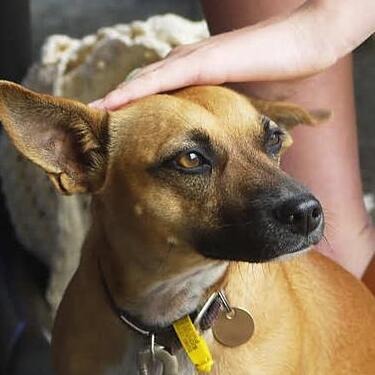 15 Pet-Friendly Cities Ideal for a US Road Trip
15 Pet-Friendly Cities Ideal for a US Road TripCheck out our list of pet-friendly U.S. cities that are excellent travel options, offering off-leash dog parks and pet-friendly restaurants & hotels.
Read More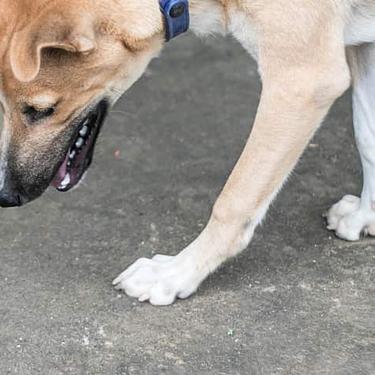 My Pet Ate a Lizard — What Should I Do?
My Pet Ate a Lizard — What Should I Do?Learn what to do if your pet eats a lizard, including whether they can be toxic and symptoms to keep an eye on when they've swallowed one.
Read More Easy DIY Dog & Cat Toys: Nine of Our Favorites
Easy DIY Dog & Cat Toys: Nine of Our FavoritesBrowse this comprehensive guide for several of our favorite DIY dog and cat toys that are sure to put a little pep in your pet's step.
Read More -


If you've never heard of brachycephalic dogs, you might think that this term refers to some type of canine disorder that you would want to avoid. But the truth is that this term applies to some of the most popular and beloved dog breeds. Here's all you need to know about these adorable short-nosed dogs.
What Are Brachycephalic Dogs?
Brachycephalic literally means "short-headed," explains the American College of Veterinary Surgeons. This term refers to dogs and dog breeds with shortened snouts. Popular brachycephalic breeds include English and French bulldogs, bull mastiffs, Boston terriers, boxers, pugs, shih tzus, Lhasa apsos and Pekingese, among others. The term can also be applied to mixed breed dogs that inherited this trait from brachycephalic ancestors. Brachycephalic dogs tend to have extremely shortened snouts that make them almost appear flat-faced, which differentiates them from some breeds that simply have shorter snouts.
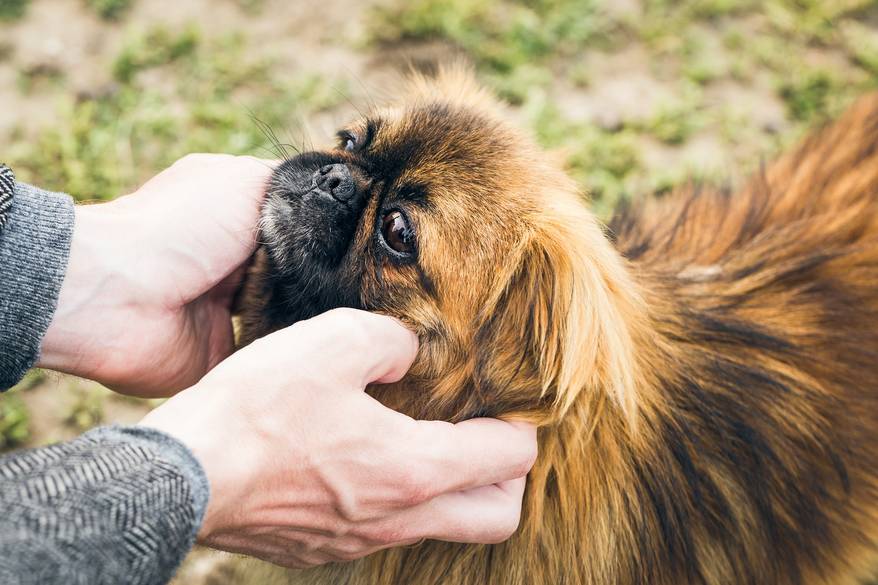
Are There Special Health Concerns for Brachycephalic Dogs?
While not all of these dogs have associated health problems, the shape of the nose and head of a brachycephalic dog can place them at risk for a condition called brachycephalic airway syndrome, says Dr. Cheryl Yuill for Veterinary Centers of America. VCA Hospitals. There are four distinct upper airway abnormalities that can cause this condition, and a brachycephalic dog can have one or more of these abnormalities.
They include:
- Stenotic nares: Small or narrow nostrils, which can restrict the airflow into the nostrils when the dog breathes through his nose.
- Elongated soft palate: The soft palate — the soft tissue on the roof of the mouth — is too long and extends into the back of the throat, which causes blockage to the trachea.
- Hypoplastic trachea: The windpipe, or trachea, is narrower in diameter than what is normal.
- Everted laryngeal saccules: Laryngeal saccules are small sacs located just inside the dog's larynx. These can become everted, or turned outwards, when a dog struggles to breathe through narrowed nostrils or an elongated soft palate. Although this abnormality is typically caused by one of the above abnormalities, it can lead to additional obstruction of a dog's airway.
Dogs that suffer from this syndrome typically have a history of loud snoring and noisy breathing. They may also have a sensitive gag reflex, or be prone to reverse sneezing or tracheal collapse. The gums or tongue can sometimes turn blue from lack of oxygen, and overexertion or over-excitement can lead to collapse. Because of their breathing difficulties, these dogs tend to have a low tolerance for vigorous exercise and are highly susceptible to heat exhaustion and heat stroke.
Because these conditions and their symptoms are exacerbated by obesity, the first line of treatment for an overweight dog with this condition is usually to be put on a weight-loss meal plan. Mild cases can usually be managed by controlling the dog's weight, monitoring exercise levels, keeping the dog out of heat and humidity, and reducing or avoiding stress. For short-term treatment of flare-ups that cause respiratory distress, veterinarians might prescribe corticosteroids to reduce inflammation and/or treat the dog with oxygen. More severe cases may require surgery to improve airflow.


Tasty Tips
Why Do Brachycephalic Dogs Exist?
If short-nosed dogs are so prone to health problems, then why are they so popular? And how did they come to be in the first place?
A study published in PLOS One, suggests two theories. One is that certain breeds, such as the English bulldog, were selectively bred to develop this trait in order to make them better at fighting. It was believed that shorter snouts created stronger jaws that would give these dogs an advantage in fighting and in hunting. Another theory is that ancient dog owners tended to choose and breed smaller, short-nosed dogs because the shape of the head reminded them of human infants.
As for why the popularity of these dogs persists in spite of their associated health risks — for one thing, they're just really cute. For another, these breeds have their own traits that make them appealing to dog lovers. When you take the whole dog into consideration, dealing with the health challenges of these breeds is a small price to pay for companionship. However, there are places around the world that are making efforts to stop the breeding of Brachycephalic dogs like the bulldog because of the inherit health risks that their shorter snouts impose. Those concerned with these types of breeds, including veterinarians, are worried about the overall health and quality of life that these dogs lead. Because the risk for breathing problems is greater in brachycephalic dogs, those in opposition to their breeding suggest that it isn't fair to breed these types of dogs just for their looks when it can have an effect on their overall health.
So, if you are considering adopting a short-nosed dog be sure to consult a veterinarian ahead of time to get all the details on how to best care for him. These dogs can still live long, happy lives with proper care and regular veterinarian checkups. Remember that while dogs provide great companionship, it is the responsibility of the parent to be diligent in maintaining their overall health and happiness.


Jean Marie Bauhaus is a pet parent, pet blogger, and novelist from Tulsa, Oklahoma, where she usually writes under the supervision of a lapful of fur babies.
Related products

Improves everyday ability to get up & go

Clinically proven kibble technology to reduce plaque & tartar build-up

For the faster metabolism of Small & Mini dogs

For the unique nutritional needs of mature Small & Mini dogs
Related articles
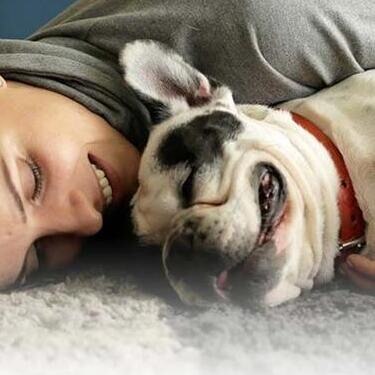
Your dog's coat and skin are a big part of your dog's overall health. Ensure you keep your dog's coat healthy, by following these simple tips.
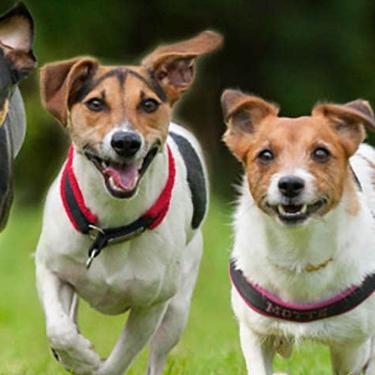
Understand the role that Omega-6 and Omega-3 fatty acids play in your dog's overall health, and how you can ensure they are getting enough.

Learn basic steps & precautions for treating a cut on your dog, including what you can put on the cut, and when you should take them to the vet.

Discover how the field of dog science is giving us more and more insights into the inner workings of our furry best friends.
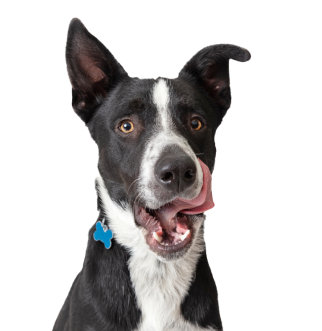
Put your dog on a diet without them knowing
Our low calorie formula helps you control your dog's weight. It's packed with high-quality protein for building lean muscles, and made with purposeful ingredients for a flavorful, nutritious meal. Clinically proven antioxidants, Vitamin C+E, help promote a healthy immune system.
Put your dog on a diet without them knowing
Our low calorie formula helps you control your dog's weight. It's packed with high-quality protein for building lean muscles, and made with purposeful ingredients for a flavorful, nutritious meal. Clinically proven antioxidants, Vitamin C+E, help promote a healthy immune system.

